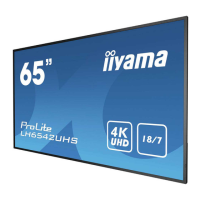
Do you have a question about the Iiyama ProLite LH6542UHS and is the answer not in the manual?
| Panel Type | IPS |
|---|---|
| Response Time | 8 ms |
| Viewing Angles | 178°/178° |
| Speakers | Yes |
| Refresh Rate | 60 Hz |
| Built-in Speakers | Yes |
| Resolution | 3840 x 2160 |
| Connectivity | HDMI, DisplayPort, USB |
| HDMI | 3 |
| DisplayPort | 1 |
| Color Support | 1.07B colors |
Monitor compliance with EC/EU directives and product warnings.
Instructions for safe operation, avoiding hazards like smoke, fumes, or electric shock.
Precautions for cabinet, power supply, cables, and adverse weather conditions.
Recommendations for installation location, ventilation, and preventing hazardous positions.
Summary of features including resolution, contrast, and VESA mounting.
Description of buttons on the monitor's back controller.
Diagram showing connectivity ports for the ProLite LH6542UHS model.
Diagram showing connectivity ports for the ProLite LH7542UHS model.
Diagram showing connectivity ports for the ProLite LH8642UHS model.
Explanation of all available input and output connectors on the monitor.
Diagram and identification of all buttons on the remote control.
Detailed explanation of what each button on the remote control does.
Procedure for powering the monitor on and off using the power button.
How to open and close the monitor's adjustment menu system.
How to adjust the monitor's sound volume using the +/- buttons.
Procedure for changing the input source for video signals.
Step-by-step instructions for connecting the LH6542UHS monitor.
Visual guide illustrating the connection setup for the LH6542UHS.
Step-by-step instructions for connecting the LH7542UHS monitor.
Step-by-step instructions for connecting the LH8642UHS monitor.
Guide to factory presets and basic picture adjustment procedures.
Adjusting brightness, contrast, sharpness, and black level for picture quality.
Adjusting H. Position, V. Position, Clock, and Clock Phase for image alignment.
Procedure for adjusting image quality and resolution recommendations.
Using Auto Adjust and manual controls for screen calibration.
Adjusting vertical and horizontal position to fit the display area.
Correcting horizontal noise, flicker, or blur using phase adjustment.
Explanation of how the monitor enters and exits standby mode.
Follow these steps if the monitor fails to operate correctly.
Checking for issues related to no picture, synchronization, or brightness.

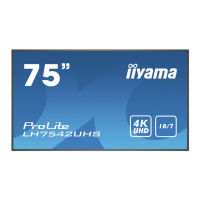
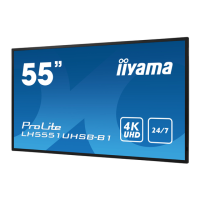
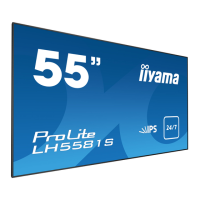

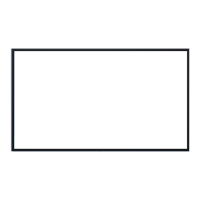
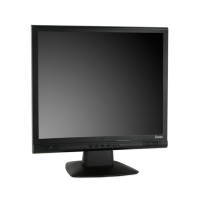
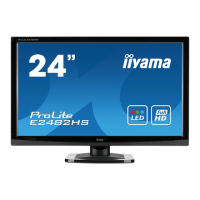
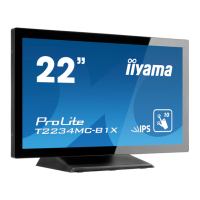


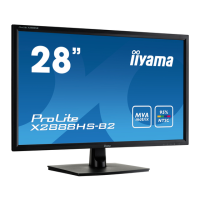
